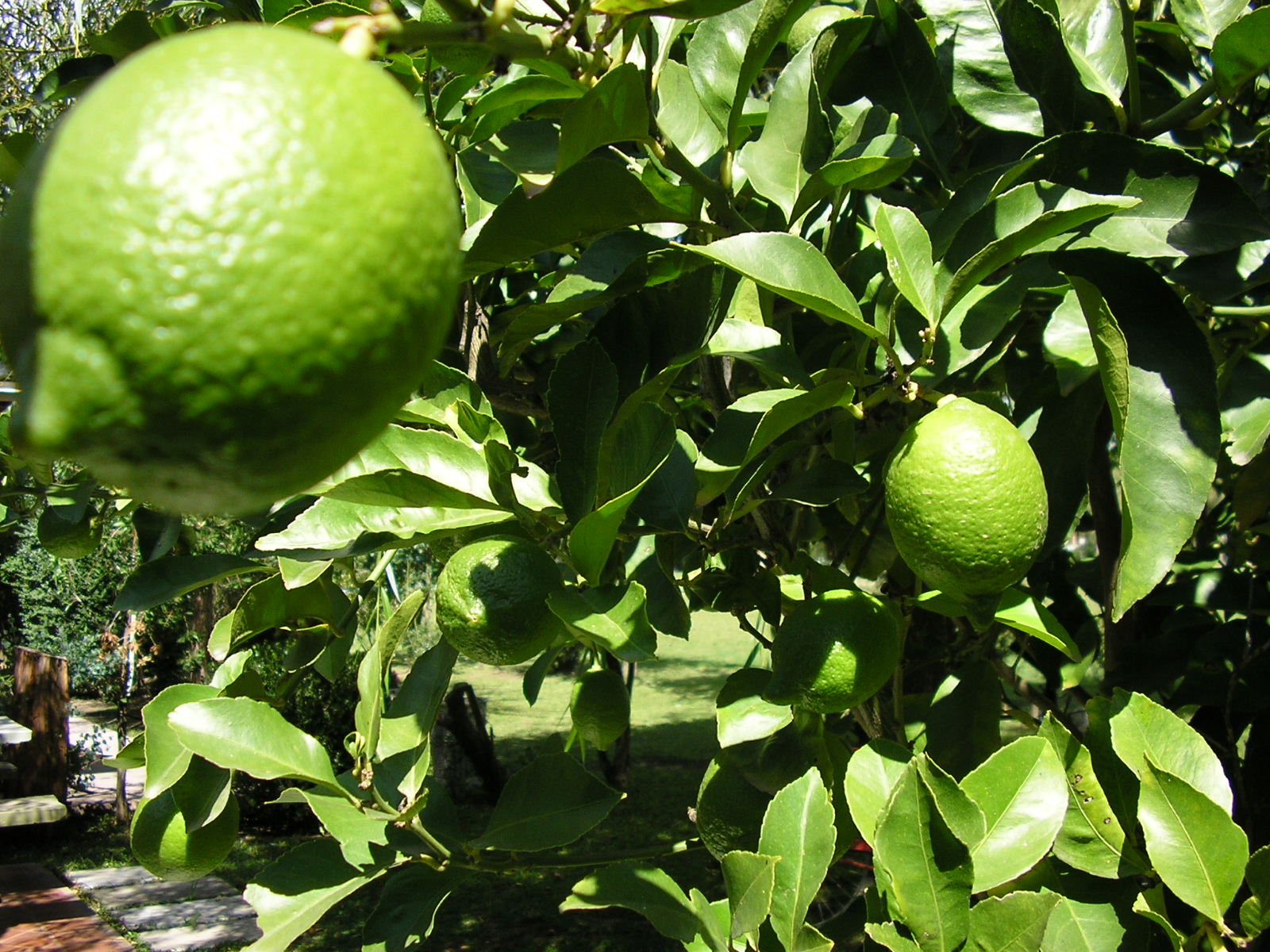How to Revive A Dying Citrus Tree

Growing citrus trees is highly rewarding, especially when you start to reap the fruits (literally) of your hard labor. However, like other plants, citrus trees are susceptible to diseases, pests, and environmental stresses. Failure to address the problems early enough might lead to severe symptoms and even death. But if you take the necessary steps, you can save the plant. So how can you revive a dying citrus tree?
The best (and most effective) way to save a citrus plant is by first identifying the root of the problem. Once you understand the problem, you can then take the necessary steps to address the issue. Remember to take extra care to ensure you treat the issue early enough and with the right remedies.
In this article, we will discuss some important steps to observe when looking to revive a dying citrus tree. Still reading? Then let’s jump straight to business.
Reasons Why Citrus Trees Die
Although not the most sensitive plants, citrus trees still need a considerable amount of care. Below are some of the reasons why citrus trees can become unhealthy and eventually die.
Diseases
Citrus trees are susceptible to a host of diseases such as greasy spot, melanose, root rot, sooty mold, and citrus canker.
These diseases can cause tree decline, necrotic dieback, blemished fruit, and premature fruit drop. If left unaddressed, the conditions can affect the plant structure, root, and leaf performance, thus leading to the plant’s death.
Wrong Growing Environment
Citrus plants are likely to die when planted in locations with poor soil drainage. Moreover, you should also plant citrus plants in locations where they’ll receive as much sunlight as possible.
A citrus tree is likely to die if planted in soggy soil with poor oxygen circulation, hence the need to check on soil type and drainage when growing citrus fruits.
Nitrogen And Nutrient Deficiency
Nitrogen deficiency is among the most common nutrient deficiencies affecting citrus plants. A lack of enough nitrogen means the plant will have to balance the available nutrients, which hampers normal growth as the old growth will start to die despite new growth looking green and healthy.
Excess or Too Little Water
Citrus plants are sensitive when it comes to water requirements. Too much water might leave the soil soggy and thus prevent adequate air circulation, while little amounts of water might leave the plant dehydrated.
Either way, you shouldn’t allow your citrus tree to be dehydrated or excessively watered as it can lead to plant death. Mulching around the base of the plant can help keep the roots cool and keep the soil moist.
How To Fix Dying Citrus Trees
The good thing with dying citrus trees is they’re fixable, at least if you act fast enough before the situation is dire. Below are ways you can revive a dying citrus plant and restore its good health.
Identify the Possible Issues
The first step in reviving a dying citrus tree is identifying the possible issues. As established above, citrus trees can suffer from various pest and fungi-related conditions, exactly why you’ll need to know the specific problem you’re dealing with.
Diseases
For instance, if you suspect your citrus tree is infected by a citrus disease, it’s best to check for the symptoms. Symptoms tend to vary depending on the disease.
Greasy spots will often manifest through dark brown, black, or yellow lesions that occur beneath the leaves of mature citrus plants. The spots tend to become more visible as the disease progresses. Citrus canker is characterized by circular scabs or lesions growing on citrus leaves, twigs, and fruit.
As a general rule of thumb, lesions or scabs often indicate that the citrus fruit is battling with a citrus disease. The solution will be to spray your plant with the necessary anti-fungus or treatment to eliminate the pathogens, thus restoring the citrus plant’s health.
Wrong Growing Environment
Some of the signs that your citrus tree is not in an ideal location include dull leaves, weak branches, premature fruit drops, and inconsistent growth. Growing your lime plant in a swampy location might lead to weak stems and roots.
If you suspect the citrus tree is dying due to poor environmental conditions, it’s best to transplant it to a fairly raised bed. Besides being exposed to direct sunlight, the bed should have humus-rich soil to ensure the plant grows as expected.
Nitrogen And Nutrient Deficiency
You’ll know that your citrus plant has nitrogen deficiency if its old leaves turn yellow and start to fall off, while new leaves and branches appear to thrive. If not addressed early enough, the nitrogen deficiency can lead to a complete loss of leaves.
To address the issue, it is necessary to place composted manure around the citrus tree’s base. Be careful, however, to prevent the manure from touching the trunk. Water the composted manure to ensure the nutrients soak well enough in the soil.
Isolate the Actual Issue
Once you’ve checked all the symptoms and identified the specific problem, it’s time to focus on the relevant treatment method. If unsure about the problem you’re dealing with, it is highly advisable to consult with a professional or an experienced citrus plant farmer.
Failing to treat the problem right at the onset might make your revival attempts futile, especially if your plant is severely affected.
Test Solutions
The best way to revive a dying citrus tree is to keep on trying new solutions until the plant recovers fully.
For instance, if you’re dealing with a dehydrated citrus tree, you can start by placing it in a humid, well-watered environment. After a while, you can either reduce or increase the watering cycles based on the plant’s response to treatment.
Can Citrus Trees With No Leaves Be Saved?
Citrus trees are evergreen plants that tend to drop leaves when stressed. Extreme cold weather, insufficient or excess fertilizers, frost, and excess moisture are some of the main catalysts of leaves drop in citrus trees.
To know if your tree is still alive despite having no leaves, you’ll need to scrape the bark close to the base. If you spot a green, wet inner surface, then the plant is still alive and can be salvaged. Place the citrus tree in a pot with moist soil.
Ensure the soil has good drainage and is rich in humus. You’ll need to add fertilizer to nourish the plant, as citrus trees are heavy feeders.
Tips to take care of your Citrus Tree
Check on Sunshine: Citrus trees love sunshine. It is advisable to plant the trees in a warm sunny area with great access to sunlight. If you’re growing citrus trees in cold climates, be sure to place them beside a sunny wall to allow radiated heat to keep the plants warm.
Check on Soil Drainage: Citrus fruits need soils with good drainage to thrive. Check whether the soil you intend to use has proper drainage as soggy soil will most probably affect root performance.
Protect the Tree from Winter Cold: Citrus trees don’t thrive in excessively cold or windy environments. Be sure to keep them warm enough during winter to keep your citrus plant from dying.
Fertilize regularly: Citrus plants are heavy feeders, which means they need a lot of nutrients to thrive. As a result, it is highly advisable to fertilize the plants regularly. Regular fertilization ensures the plant has the nutrients needed to bloom and fruit.
Don’t allow the first fruits to sit: As your citrus tree continues to mature, it will develop tiny fruits within the first two to three years. Remove the fruits to allow the plant to conserve its energy for root, stem, and branch development.
How to Revive a Dying Citrus Tree: Winding Up
Dying citrus trees can be revived as long as you take the necessary steps. The first and most important step is to determine the underlying issue. Checking on symptoms will help you determine whether the plant is suffering from pest infestation, growing in an unsuitable environment, or lacking basic nutrients.
For desirable outcomes, it’s best to act immediately when you suspect a citrus plant is under stress. Don’t hesitate to ask an expert or a skilled neighbor for assistance if you have a hard time determining the root of the problem.
Sources
Gardeningknowhow:Citrus Limb Dieback
Citrus: How To Identify And Treat Citrus Tree Diseases And Insects
Deepgreenpermaculture:Why Is My Citrus Tree Dying
Homeguides:How To Treat A Lemon Tree That Won’t Bear Fruit
Gardeningknowhow: Greasy Spot Fungus
.Gardeningknowhow:Pests Of Lemon Trees
Homeguides:How To Revive Citrus Trees
- FAKE: Karen Nyamu Exposed by Kotex for False Claims - July 1, 2024
- How to Revive A Dying Citrus Tree - January 7, 2024
- How Do Limes Grow Without Seeds? Here’s The Answer - January 2, 2024
